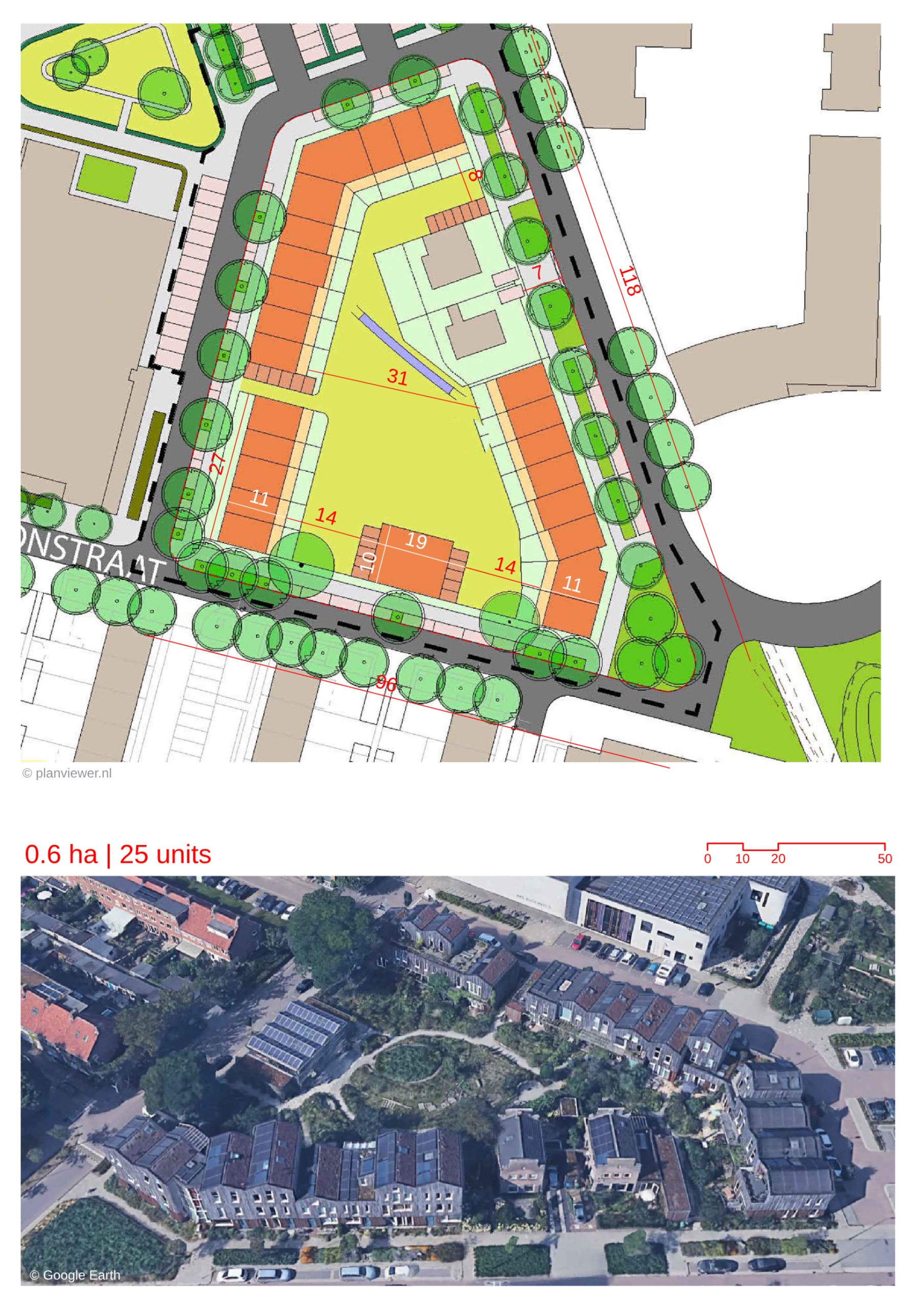
-It is a creative mixed-use district. -The site was formerly a shipyard. After decline of business, the district gradually became a hub for the creative industry and companies like MTV. Urban Structure -The transformation would result in nine core areas connected by streets, visual connections and promenades. -The Eastern part would retain its industrial character. It consists of large blocks and open spaces. It would be pedestrian friendly. -The Western part consists of an orthogonal grid of classic streets of 18m width. There would be clear segregation of public-private segregation. -These urban streets would have trees planted on the sunny side and parking on the shaded side of the road. -The main access road would be 30m wide and would be designed as a wide tree-lined promenade. -The newer buildings would have simple geometric volumes with cantilevers and balconies. This would emulate the experience of being in a shipyard with various ship forms amidst the smaller harbour buildings. -Slender high-rise buildings would act as accents with 45-60m height. The majority of the buildings would be at a maximum height of 30m. -Many of the buildings areas would have temporary structures made from prefab or IFD (Industrial, flexible, demountable structures) with leases of 10 years to encourage densification. Land Use -The transformation of the wharf aims to enhance the eastern part (with creative industries) while developing the unused west part into a high-density urban area with mixed-uses like housing, retail and education. -The retail in the site would be restricted to thematic stores based on a nautical theme. -New housing would be introduced. 30 % would be social housing. Creation of public spaces -The harbourfront would be developed as a lively waterfront area with areas for leisure, culture and events. -The existing eastern part would also host larger events like concerts. The Wharf Square would be designed for large events. -The plinths would be designed to create active ground floor areas.











